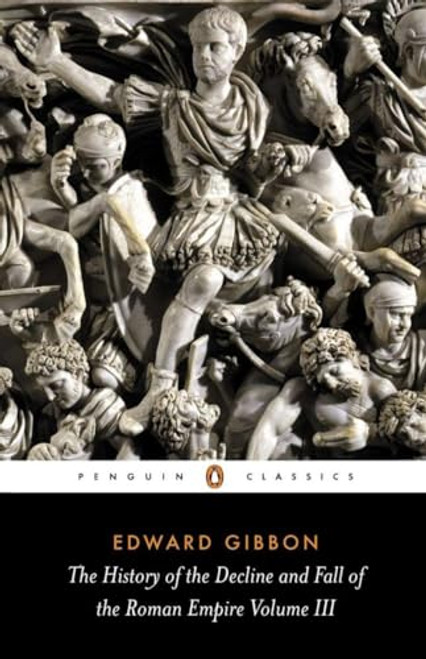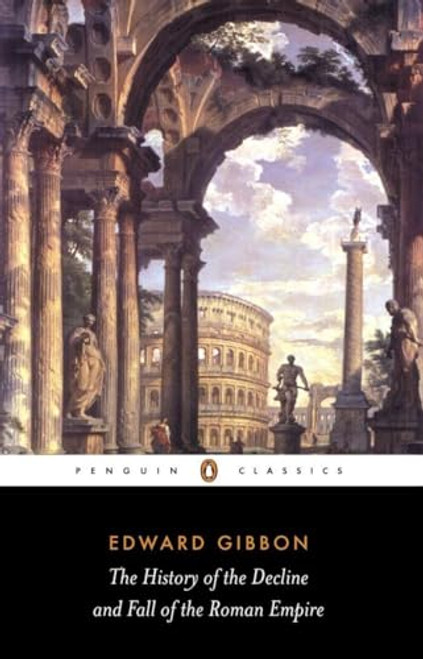There are possibly more explanations for the fall of the Roman Empire than for any other event in history: from the theory that links the widespread use of lead in utensils and glass with mental impairment (and hence incapacity for rule) to the sequoia tree theory, which purports to show through reduced ring growth in these ancient trees how the period coinciding with the fall of empire was one of hardship and death. The more bizarre theories are entertaining but devoid of explanatory power. The question still remains: why did the empire fall? As Christie suggests, the question is misconceived, for rather than collapse there was in the west a process of transformation and in the east the empire continued, scarcely less 'Roman' than before even though Rome itself was not a component. One of the distinctive features of Christie's book is the interplay he allows between history and archaeology, showing the reader the kinds of theme best illuminated by textual evidence and those where developments in archaeology have proved more fruitful.
The Fall of the Western Roman Empire: Archaeology, History and the Decline of Rome (Historical Endings)
imusti
MSRP:
Was:
Now:
$53.23 - $70.42
(You save
)
(No reviews yet)
Write a Review

Write a Review

imusti
The Fall of the Western Roman Empire: Archaeology, History and the Decline of Rome (Historical Endings)
- SKU:
- UPC:
- 9780340759660
- Maximum Purchase:
- 3 units
- Binding:
- Paperback
- Publication Date:
- 2012-02-15
- Release Date:
- 2011-11-15
- Author:
- Neil Christie
- Language:
- english

Penguin Classics
The History of the Decline and Fall of the Roman Empire, Vol. 1
MSRP:
Was:
Now:
$21.62 - $36.76

Penguin Classics
The History of the Decline and Fall of the Roman Empire, Vol. 3
MSRP:
Was:
Now:
$23.65 - $38.86

Penguin Classics
The History of the Decline and Fall of the Roman Empire (Penguin Classics)
MSRP:
Was:
Now:
$17.84 - $27.91

Brand: Oxford University Press, USA
The Romans: From Village to Empire: A History of Rome from Earliest Times to the End of the Western Empire
MSRP:
Was:
Now:
$52.75 - $130.55

The Decline and Fall of the Roman Empire (7 book set)
MSRP:
Was:
Now:
$197.29 - $460.36

The Immense Majesty: A History of Rome and the Roman Empire
MSRP:
Was:
Now:
$37.56 - $45.13

The History of the Decline and Fall of the Roman Empire (Allen Lane History, 3 Volume Set) (v. 1-3)
MSRP:
Was:
Now:
$34.08 - $257.19

The Fall of the Roman Empire (Pivotal Moments in History)
MSRP:
Was:
Now:
$21.15 - $37.08
!

